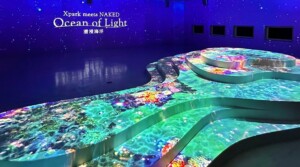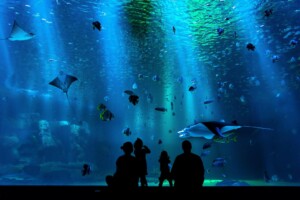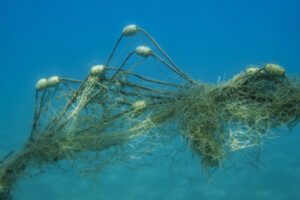Parc Astérix, the second largest theme park in France, will close its dolphinarium permanently: its eight dolphins and five sea lions will be rehomed at other European parks.
The move comes as the question of animal rights comes under scrutiny by the French parliament which is examining the treatment of animals within the attraction industry alongside the care of pets by the general public. A key part of the draft law is a blanket ban on the breeding of marine mammals in captivity. It would also prevent them being used as entertainment in shows at attractions.
Managing director of Parc Astérix Nicholas Kramer, insisted that the move wasn’t political, “Parc Astérix is above all an amusement park, not an animal park,” he said in an interview with Le Parisien. “We want to refocus on what is our core business.” The emphasis will fall on new rides and other shows.
He promised that the 2,000 seat open-air amphitheatre would remain and that a new show is under consideration for the space.
Welfare foremost
“We’ve been thinking about this for several years,” said Kramer. “But it takes time to find the right solution for the welfare of the animals.” He said that following discussions with specialists the theme park had found new homes for the marine mammals but declined to say exactly where the animals would go.
“Reintroduction into the natural environment is impossible for these animals bred in captivity,” he added. “Marine sanctuaries are only at the planning stage. So this is the solution, developed with the European Association of Aquatic Mammals, which appeared to be the best option.”
Marine Connection, which campaigns to end cetaceans being kept in captivity in Europe, said that, although the animals were being moved to other marine parks, it was still a boost.
Margaux Dodds, campaigns director at Marine Connection stressed the importance of ocean sanctuaries. “It is our sincere hope that in the not too distant future…the future for dolphins, like those at Astérix, will focus on rehabilitation,” she said. “Able to enjoy a less stressful, more natural way of life, free from the demand of performing for the public – places where they can just be dolphins.”
Merlin point the way forward for marine sanctuaries

Merlin Entertainments, who own the SEA LIFE aquarium chain, are already taking that step, adamant that cetaceans do not belong in captivity. When Merlin took over China’s Changfeng Ocean World in 2012 they inherited beluga whales Little White and Little Grey.
The SEA LIFE Trust, set up by Merlin, carefully considered options for the captivate whales and finally settled on Iceland as the perfect space to build an open water sanctuary for them.
The aim was to provide a habitat closer to the whales’ native environment and the sanctuary, set off the southern coast of Iceland, extends around 32,000 sqm with a depth of up to ten metres.
The two whales were gradually introduced to the area and made their first swim in open water last September.
$65 million Blackfish settlement
Last July, SeaWorld Entertainment agreed to pay out $65 million to its investors. A class-action lawsuit claimed the company had misled its stockholders concerning the massive negative impact on theme park attendance following the showing of the Blackfish documentary. The documentary film heightened public awareness of the issues around keeping cetaceans in captivity and prompted a backlash against SeaWorld.
Robot dolphin alternatives
As captive cetaceans start to disappear from theme parks and aquariums, some attractions are coming up with imaginative alternatives. Edge Innovations has created a robotic dolphin that could replace live cetaceans in aquariums and even live shows. The robo-dolphin weighs 595 pounds, runs on batteries for around ten hours and can cope with a saltwater environment for approximately ten years.
The dolphin is being developed at a Chinese aquarium and Edge Innovations hope to sell up to 150 of these ‘dolphins’ over the next three years.














